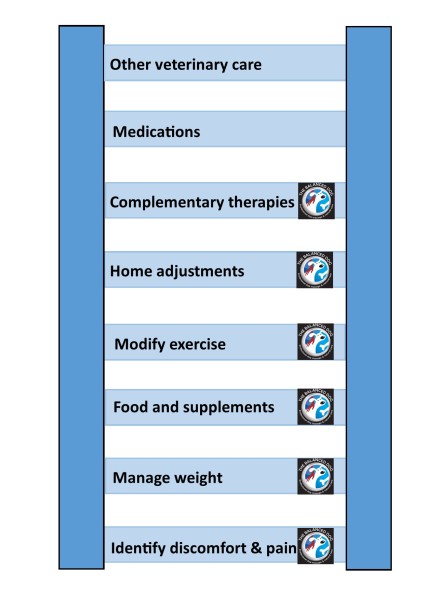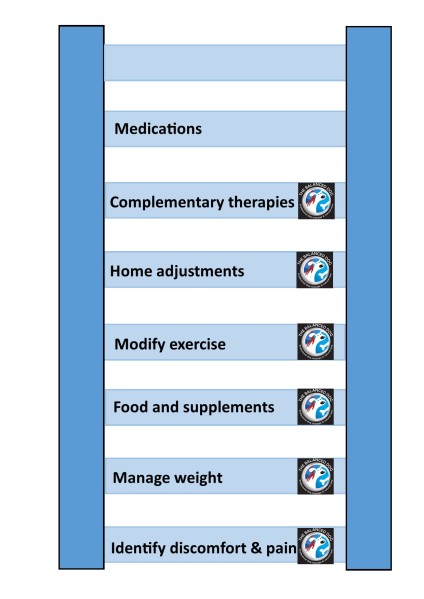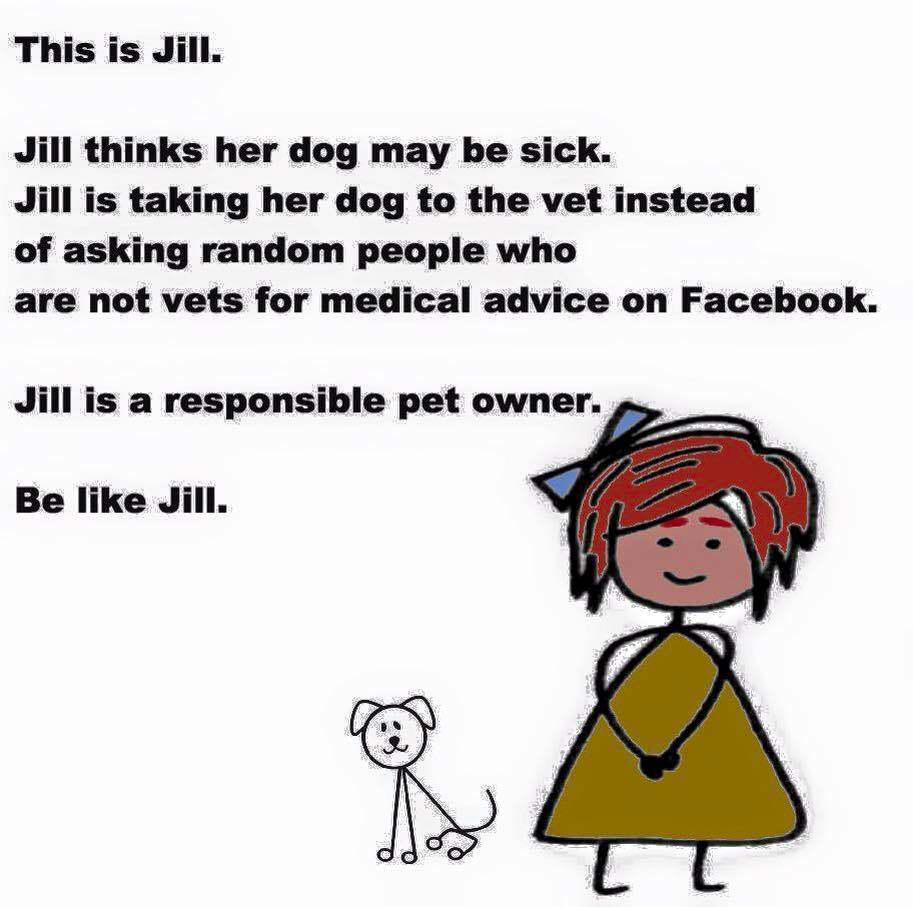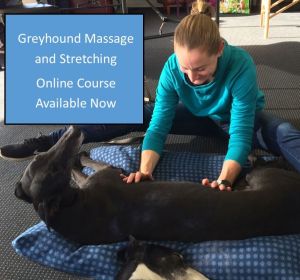In the 11+ years I have been in professional practice, I’ve met a lot of great dogs with equally loving families. Yet, when it comes down to discussions with their veterinarian, often the only ‘budget’ that is mentioned is that of the financial budget.
In this post, I’d like to discuss budgeting because I think there are a total of four (4) budgets. These are the financial budget, the time budget, the physical budget and the emotional budget. Dog owners may, at any time, face a crisis in one or more of these budgets.
The Financial Budget – how much money can you spend to keep your dog healthy and happy? This typically becomes the budget of concern when a major procedure like surgery is required and that’s why veterinarians discuss it the most. Whether by an accident or illness, some owners are caught without enough money in the bank or pet insurance to cover the necessary treatment.

In other cases, a dog may be diagnosed with a medical condition which requires regular medication. Since medications for dogs are not subsidised by the Government (as they are in human health in New Zealand), some medications can be quite expensive. As our dogs age, it’s very common to develop mobility problems associated with arthritis, for example. Not only does this condition require medication, but also changes to the home environment, equipment ranging from harnesses to ramps to mobility carts, and professional help with canine fitness and physical therapy.
Veterinarians are often asked to euthanise a pet when the family cannot afford the cost of their dog’s care. This is referred to in the profession as ‘economic euthanasia.’
The Time Budget usually becomes an issue when a dog requires care at home. Dogs that require crating post-surgery have to be taken out to the toilet on lead on a regular basis, for example. Many pet parents can’t work from home because of the nature of their jobs; some employers may not be supportive of the need for regular breaks to return home to care for a dog or to allow the dog in the office…
I see the time budget become an issue in my practice because of the exercises needed to improve a dog’s strength, balance and flexibility. I specialise in in-home care and, while I always aim to make these exercises easy to do with items in the home, some owners struggle to have the time to undertake them on a consistent basis. Just this week I had a regular client ask, “do I have to do these every day, because they take another half-hour on top of our walk…?”
An owner’s physical abilities is also a budget of sorts. Let’s call this the Physical Budget. A large-sized dog that needs lifting because of an injury or longer-term mobility problem is going to be a challenge to an older owner or one who is slight of frame themselves.
Finally, there’s the Emotional Budget. The bond with our pets is quite strong and caring for a dog with major mobility or other health issues results in caregiver stress, just as it does with human caregivers. Unfortunately, without extended family or close friends who can provide some relief, I’ve seen owners who are totally depleted in energy and enthusiasm for life because of the toll of taking care of a geriatric or unwell pet.
Owners of dogs with severe behavioural problems often find that caring for them takes an emotional toll, as well.
Let’s remember that a pet owner in crisis may not have finances at the top of their list – and so a deeper conversation about pressures of care is required. I find that my in-home service, with clients in their own home and more relaxed and willing to talk, is of huge benefit to getting the best results for their dog, working as a team.
Kathleen Crisley, Fear-Free certified professional and specialist in dog massage, rehabilitation and nutrition/food therapy, The Balanced Dog, Christchurch, New Zealand















